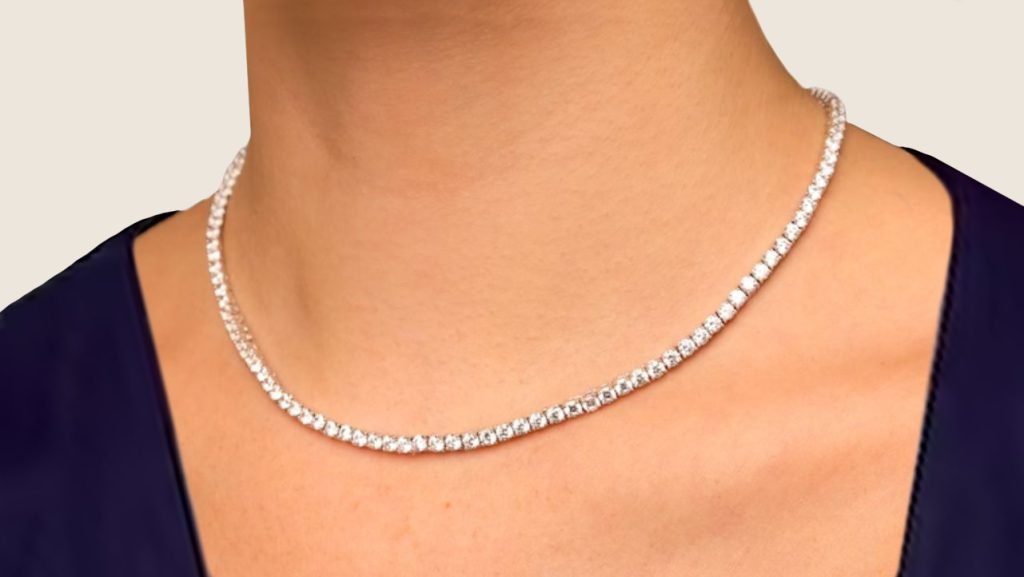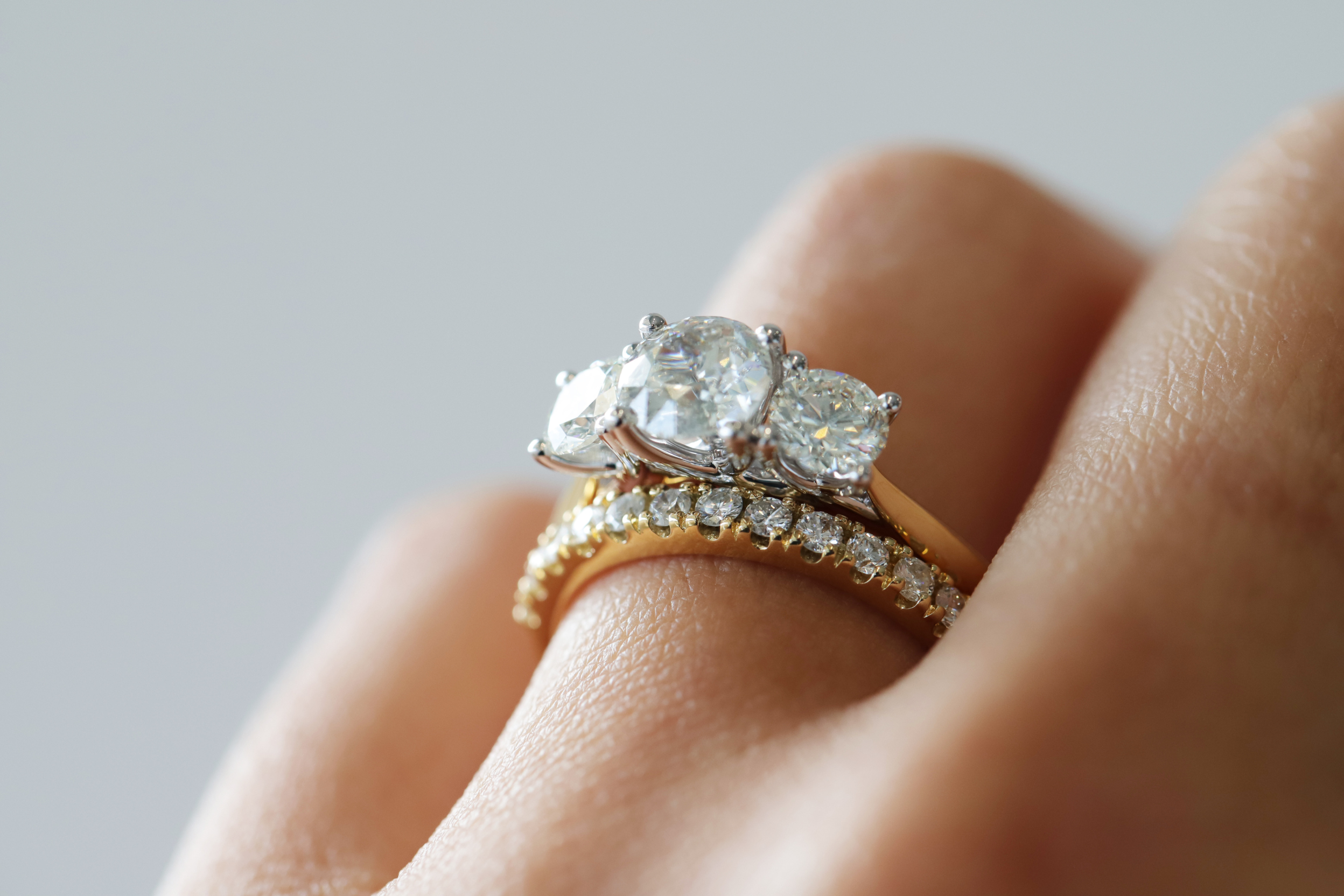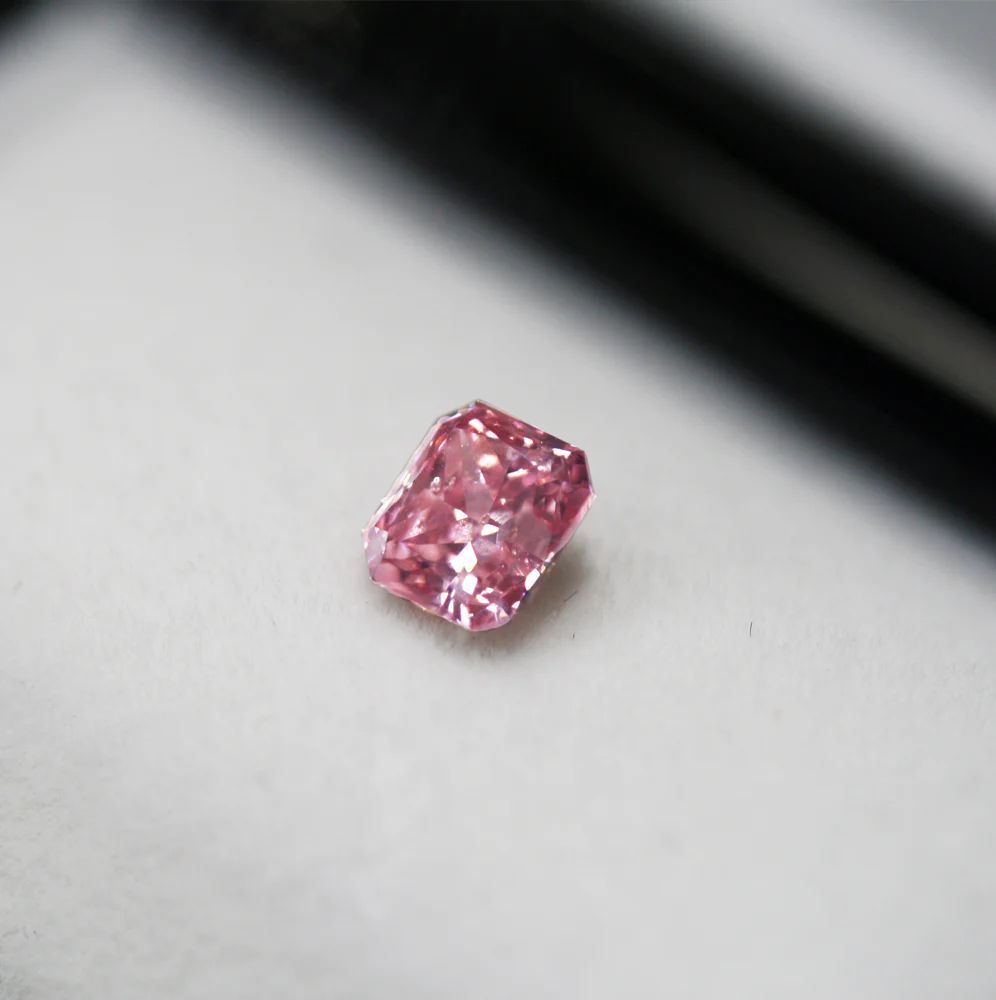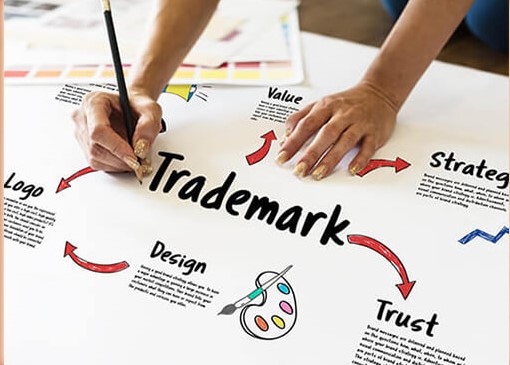Table of Contents
Introduction to Lab Diamonds
What Are Lab Diamonds?
Lab diamonds, also known as synthetic or cultured diamonds, are diamonds that are created in a controlled laboratory environment. These diamonds are identical to natural diamonds in terms of chemical composition, crystal structure, and physical properties.
The History of Lab Diamonds
The concept of creating diamonds in a lab dates back to the 1950s. General Electric was one of the first companies to successfully produce a lab-grown diamond. Initially, these diamonds were used primarily for industrial purposes due to their hardness. Over the decades, advancements in technology have made it possible to produce high-quality lab diamonds suitable for jewelry.
Why Choose Lab Diamonds?
Lab diamonds offer several advantages over natural diamonds. They are typically more affordable, environmentally friendly, and ethically sourced. For those looking to minimize their ecological footprint and avoid supporting conflict diamonds, lab diamonds present a compelling alternative.
The Science Behind Lab Diamonds
How Are Lab Diamonds Made?
Lab diamonds are created using two primary methods: High Pressure High Temperature (HPHT) and Chemical Vapor Deposition (CVD).
HPHT involves mimicking the natural conditions under which diamonds form in the earth. Carbon is subjected to high pressure and high temperature to create a diamond.
CVD involves placing a carbon-rich gas mixture in a chamber and heating it until the carbon atoms precipitate onto a diamond seed, forming a diamond layer by layer.
Comparing Lab Diamonds to Natural Diamonds
Lab diamonds are virtually indistinguishable from natural diamonds to the naked eye. Both have the same hardness (10 on the Mohs scale), refractive index, and thermal conductivity. The primary differences lie in their origin and some trace elements detectable under high magnification or specialized equipment.
The Chemical Composition
Lab diamonds and natural diamonds are composed of pure carbon arranged in a crystal lattice structure. This identical composition ensures that lab diamonds exhibit the same brilliance, fire, and scintillation as natural diamonds.
Benefits of Lab Diamonds
Environmental Impact
Lab diamonds are more environmentally sustainable than their mined counterparts. Traditional diamond mining can cause significant ecological disruption, including deforestation, soil erosion, and water pollution. Lab diamonds, on the other hand, require fewer natural resources and generate less waste.
Ethical Considerations
One of the major ethical advantages of guides lab diamonds is the assurance that they are conflict-free. The diamond mining industry has a notorious history of financing violent conflicts in war-torn regions. Lab diamonds eliminate this concern entirely, providing a guilt-free choice for consumers.
Cost Efficiency
Lab diamonds are generally 20-40% cheaper than natural diamonds of equivalent quality. This price difference allows consumers to get a larger or higher-quality stone within their budget, making lab diamonds a cost-effective option for engagement rings and other fine jewelry.
Lab Diamonds vs. Other Alternatives
Lab Diamonds vs. Cubic Zirconia
Cubic zirconia (CZ) is a synthetic gemstone that looks similar to a diamond but has different chemical properties. CZ is much softer and less durable than a diamond. It also lacks the same brilliance and refractive properties. While CZ is a budget-friendly option, it does not offer the same longevity or aesthetic appeal as a lab diamond.
Lab Diamonds vs. Moissanite
Moissanite is another diamond alternative, known for its exceptional brilliance and fire. However, it is composed of silicon carbide rather than carbon. While moissanite can appear similar to a diamond, it has a different refractive index and hardness, which can affect its visual characteristics. Lab diamonds, being real diamonds, maintain the same optical properties and durability as natural diamonds.
Lab Diamonds vs. Natural Diamonds
The main difference between lab-grown and natural diamonds is their origin. While lab diamonds are created in a matter of weeks, natural diamonds form over billions of years. Despite this, lab diamonds are chemically and physically identical to natural diamonds. The choice between the two often comes down to personal values regarding environmental impact, ethical sourcing, and budget.
Understanding Lab Diamond Quality
The Four Cs (Cut, Color, Clarity, Carat)
Cut: The cut of a diamond determines its brilliance. Lab diamonds can be cut with the same precision as natural diamonds.
Color: Lab diamonds can be produced in a range of colors, from colorless to various hues. The less color, the higher the grade.
Clarity: Lab diamonds, like natural ones, can have inclusions and blemishes. The fewer these are, the higher the clarity grade.
Carat: This measures the weight of the diamond. Lab diamonds are available in various carat sizes, allowing for a wide selection.
Certifications for Lab Diamonds
Just like natural diamonds, lab diamonds are graded and certified by gemological institutions such as the Gemological Institute of America (GIA) and the International Gemological Institute (IGI). These certifications ensure the quality and authenticity of the diamond.
Common Misconceptions
A common misconception is that lab diamonds are “fake.” In reality, they are real diamonds, indistinguishable from natural diamonds except through specialized tests. Another myth is that lab diamonds are inferior, which is not true as they exhibit the same physical and chemical properties as natural diamonds.
Buying Lab Diamonds
Where to Buy Lab Diamonds
Lab diamonds can be purchased from various retailers, both online and in physical stores. Reputable jewelers and specialty stores that focus on lab grown diamonds are often the best places to start.
Online vs. In-Store Purchases
Buying online offers convenience and often a wider selection. However, purchasing in-store allows you to see the diamond in person and ask questions directly to a jeweler. Both methods have their pros and cons, so it depends on personal preference and comfort level.
Tips for First-Time Buyers
For first-time buyers, it’s crucial to research and understand the 4 Cs, read customer reviews, compare prices, and check for certification. Don’t be afraid to ask questions and ensure that the retailer has a good return policy in case the diamond does not meet your expectations.
Caring for Lab Diamonds
Cleaning and Maintenance
Lab diamonds, like natural diamonds, man made diamonds, attract grease and dirt. Regular cleaning with a mild soap solution and a soft brush can keep your diamond sparkling. Avoid harsh chemicals and ultrasonic cleaners, which can damage the setting.
Ensuring Longevity
Proper storage is key to maintaining your diamond’s brilliance. Store your lab diamond jewelry in a soft pouch or lined jewelry box to prevent scratches. Regularly inspect the setting to ensure the diamond is secure.
Professional Services
Professional cleaning and maintenance from a jeweler can help keep your diamond in top condition. They can also check the setting and make any necessary repairs to prevent loss or damage.
Trends in Lab Diamonds
Popular Lab Diamond Jewelry
Lab diamonds are increasingly popular in various types of jewelry, including engagement rings, wedding bands, earrings, and necklaces. Modern designs often feature lab diamonds due to their affordability and ethical appeal.
Celebrity Endorsements
Many celebrities and influencers are opting for lab diamonds, promoting them as a sustainable and ethical choice. This endorsement is helping to shift public perception and increase acceptance of lab grown diamonds.
Future Trends
The future of lab diamonds looks bright as more consumers become aware of their benefits. Innovations in technology may further improve the quality and reduce the cost of lab diamonds, making them an even more attractive option for jewelry.


















